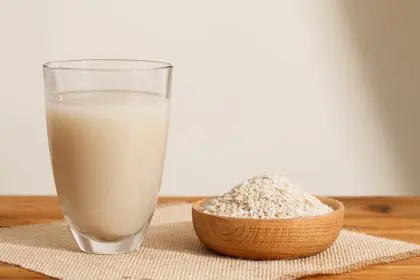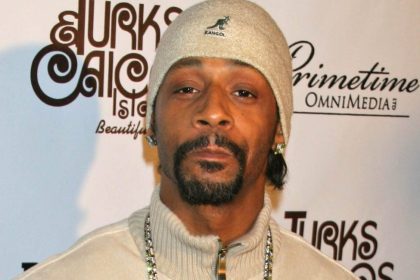Hair damage affects millions, impacting both appearance and self-confidence. Whether from heat styling, chemical treatments, or environmental factors, damaged hair requires dedicated care and attention to restore its natural health and shine.
Beyond aesthetics, healthy hair plays a crucial role in personal well-being and self-expression. Understanding how to properly care for damaged hair can transform not just your locks, but also your daily confidence and style possibilities.
Start with the basics: Regular trimming
Split ends create an ongoing cycle of damage that travels up the hair shaft, leading to increased breakage and roughness. Regular maintenance through trimming remains fundamental to hair restoration:
- Schedule cuts every 6-8 weeks
- Remove at least 1/4 inch during each trim
- Consider dusting between major cuts
- Watch for signs of splitting or fraying
- Maintain regular salon appointments
Choose gentle cleansing methods
Harsh cleansers strip hair of natural oils, exacerbating damage. Adopting gentler washing techniques helps preserve hair’s natural moisture balance:
Key considerations for washing:
- Select sulfate-free formulas
- Use lukewarm water
- Wash hair 2-3 times weekly
- Focus shampoo on roots
- Avoid aggressive scrubbing
- Consider co-washing alternatives
Deep conditioning essentials
Regular deep conditioning treatments replenish moisture and nutrients essential for hair repair:
Treatment strategies:
- Weekly deep conditioning sessions
- Focus on mid-lengths to ends
- Use heat for better penetration
- Leave treatments on for 20-30 minutes
- Choose protein-rich formulas
- Rotate between moisture and protein treatments
Heat styling awareness
Minimize heat damage while maintaining style through smart practices:
Protection methods:
- Use heat protectant products
- Keep tools at appropriate temperatures
- Limit heat styling frequency
- Allow hair to air dry when possible
- Invest in quality styling tools
- Consider heatless styling alternatives
Environmental protection strategies
Shield hair from environmental stressors that contribute to damage:
Protective measures:
- Use UV protection products
- Cover hair in harsh weather
- Avoid chlorinated water exposure
- Protect against wind damage
- Consider protective styling
- Use anti-pollution hair care
Moisture maintenance techniques
Keeping hair properly hydrated prevents further damage and promotes healing:
Hydration practices:
- Use leave-in conditioners
- Apply natural oils regularly
- Avoid products with alcohol
- Maintain proper water intake
- Consider overnight treatments
- Use humidifiers in dry environments
Product selection guidelines
Choose products that support hair restoration:
Selection criteria:
- Read ingredient lists carefully
- Avoid harsh chemicals
- Select pH-balanced products
- Use customized treatments
- Invest in quality brands
- Consider natural alternatives
Lifestyle factors for hair health
Support hair restoration through healthy habits:
Key practices:
- Maintain balanced nutrition
- Get adequate sleep
- Manage stress levels
- Stay hydrated
- Exercise regularly
- Protect hair while sleeping
Chemical treatment considerations
Minimize chemical damage while maintaining desired style:
Smart approaches:
- Space out chemical services
- Choose gentler alternatives
- Always perform patch tests
- Follow processing times exactly
- Use professional services
- Maintain proper aftercare
Natural remedies integration
Incorporate natural treatments to support hair restoration:
Beneficial ingredients:
- Coconut oil for deep penetration
- Aloe vera for soothing
- Avocado for nutrients
- Honey for moisture retention
- Essential oils for scalp health
- Natural protein treatments
Protective styling methods
Utilize styles that promote healing and prevent further damage:
Style considerations:
- Choose loose, gentle styles
- Avoid tight elastics
- Use proper hair accessories
- Consider protective braiding
- Minimize manipulation
- Allow regular breaks between styles
Long-term maintenance strategies
Develop sustainable practices for ongoing hair health:
Maintenance approach:
- Create consistent routines
- Monitor progress regularly
- Adjust treatments as needed
- Document effective methods
- Plan regular maintenance
- Stay informed about hair care
Remember that hair restoration requires patience and consistency. Results develop gradually through dedicated care and attention to proper hair health practices. With time and proper care, your damaged hair can return to its natural strength and beauty.
This story was created using AI technology.

















